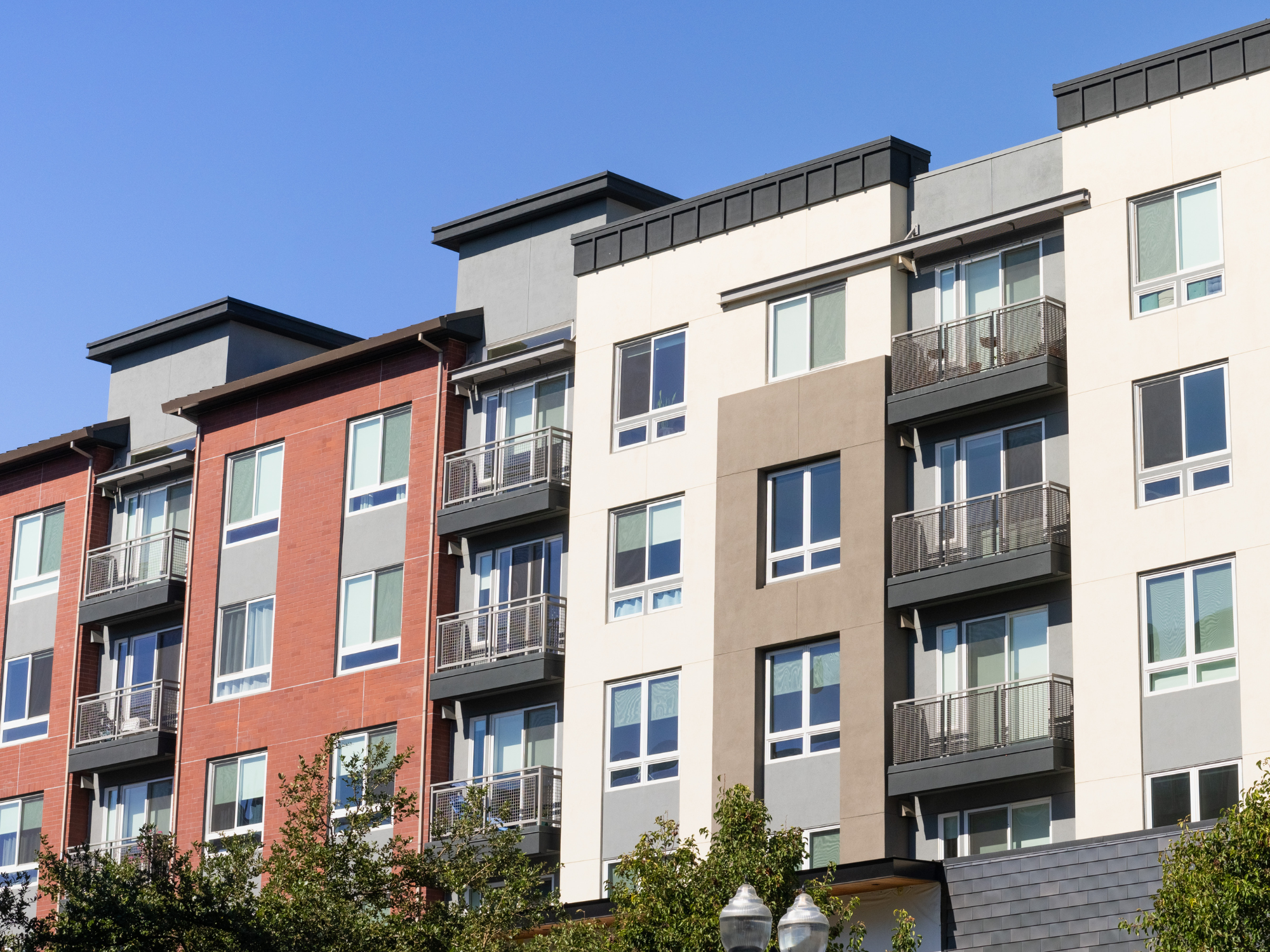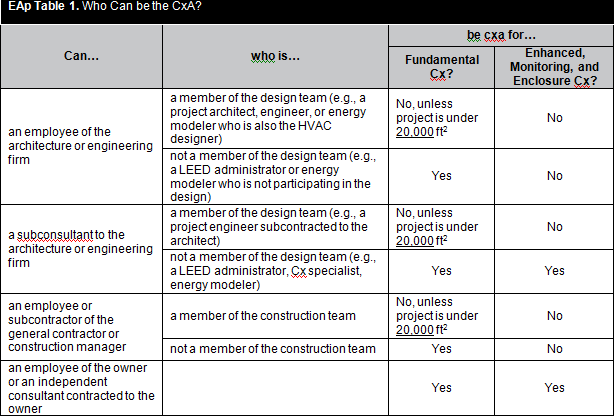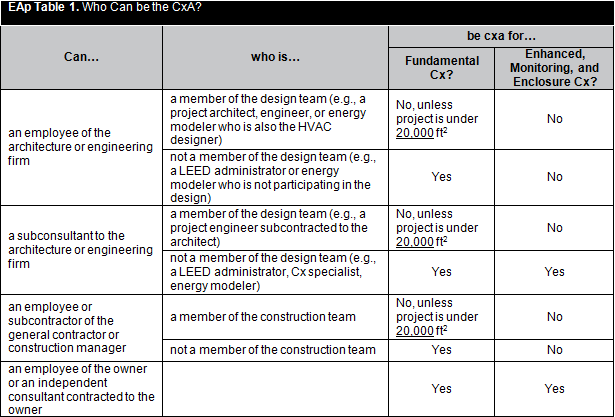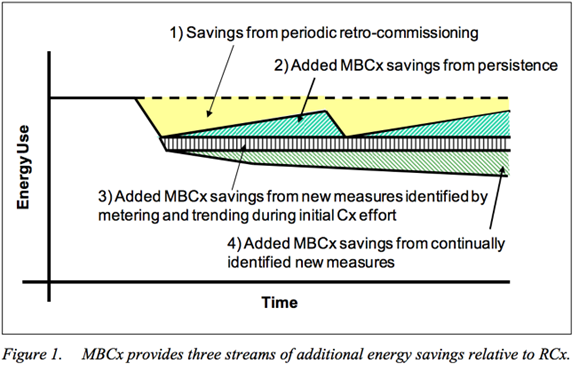

Blog
The sunset date for LEED 2009 project registration has come and gone and all new LEED registrations. We are highlighting a few changes to the commissioning requirements in LEED V4 BD&C about which Architects and Developers should be aware.

The sunset date for LEED 2009 project registration has come and gone and all new LEED registrations (or existing registrations that will not submit for preliminary review before June, 30 2021) will fall under the V4 rating system. We are still seeing a trickle of requests for LEED 2009 compliance support for projects that were registered before the October deadline, but those are becoming few and farther between. At the same time, design and construction teams are still wondering what the differences are between the rating systems. So, we are highlighting a few changes to the commissioning requirements in LEED V4 BD&C about which Architects and Developers should be aware.
LEED V2009 provided up to two points for Enhanced Commissioning.
The question clarified back in 2006 has been re-clarified within the EAp1 credit language. Besides the reduced square footage requirements for an independent CxA discussed above, the credit language clarifies that multiple CxAs can be engaged for different portions of the commissioning scope (i.e., Envelope, Electrical, Fundamental, Enhanced, MBCx, etc.) as long as one CxA oversees and coordinates all deliverables provided by the CxA team. The table below clarifies who can be the CxA.

* For data centers only: with computer room peak cooling loads less than 2,ooo,ooo Btu/h or a total computer room peak cooling load less than 6oo,ooo btu/h(175 kW), the CxA may be a qualified employee of the design or construction team.
In addition to the three points awarded for the Enhanced Commissioning Credit, project teams can elect to pursue one or two additional points for Monitoring Based Commissioning and Envelope Commissioning.
Monitoring Based Commissioning (sometimes referred to as On-going or Continuous Commissioning) takes the 10 month warranty review requirement to the next level by regularly reviewing energy and key control system data points to assess building performance often using predictive algorithms to identify system deficiencies. As shown in the figure below, the concept is to reduce the building’s energy consumption by identifying and addressing system deficiencies as they occur as opposed to months or years later when the building is retro commissioned. The credit requirements are similar to the Measurement & Verification credit in that a plan needs to be developed and contracted to implement the process for at least one year post construction.

Source: LBNL, 2012, Evan Mills, “Monitoring-Based Commissioning: Benchmarking Analysis of 24 University”
This credit continues the Envelope design review into the construction phase to review submittals and to physically inspect and test envelope components to verify that they meet the design requirements for air tightness and thermal performance. The process is outlined in ASHRAE Guideline 0-2005 and NIBS Guideline 3-2012 “Exterior Enclosure Technical Requirements for the Commissioning Process” as it relates to energy, water, indoor environmental quality, and durability. This might include enhanced performance testing of mockups and/or large scale tests, such as whole building blower door testing, and can potentially add a significant cost. However, such tests can be very valuable in providing assurance to ownership that the quality of the installed envelope meets the facility’s needs.
Contributor: Kevin McDonald, Energy Engineer
Steven Winter Associates